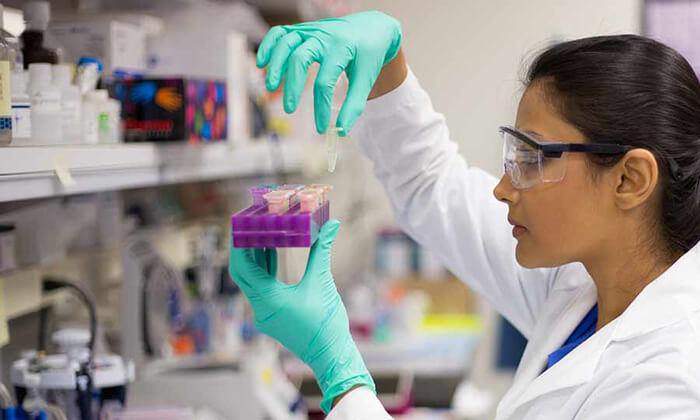How the US can radically improve chemical safety
By Carol Kwiatkoski and Simona Bălan | The Hill | January 25, 2023

Read the full article by Carol Kwiatkoski and Simona Bălan (The Hill)
"Industrial chemicals are all around you — they’re in everything from the chair you’re sitting on, to the electronic device you’re looking at and the toothpaste you used this morning. Many have even made their way inside your body. So, who makes sure they’re safe?
In the U.S., most chemicals have been considered innocent until proven guilty. They’re entered into use with little to no information about their safety, and if suspicion of harm arises, federal agencies such as the U.S. Environmental Protection Agency (EPA) must do complex risk assessments to prove people are exposed at high enough concentrations to warrant action. This can take years or decades per chemical, and there are tens of thousands of chemicals in commerce today.
Sound inefficient? Well, leading scientists agree. That’s why a more common-sense idea is gaining traction. The “essential-use approach” is quite simple in theory: If a chemical is harmful, or suspected of being harmful, it should be restricted to only those uses that are essential — and only until safer alternatives are developed. One can hardly find fault with that logic. Are antimicrobial socks or waterproof bathing suits essential enough to risk the use of harmful chemicals? Not likely. But we may need these chemicals in some surgical gowns or firefighting gear, at least until a safer alternative is developed."
Topics: